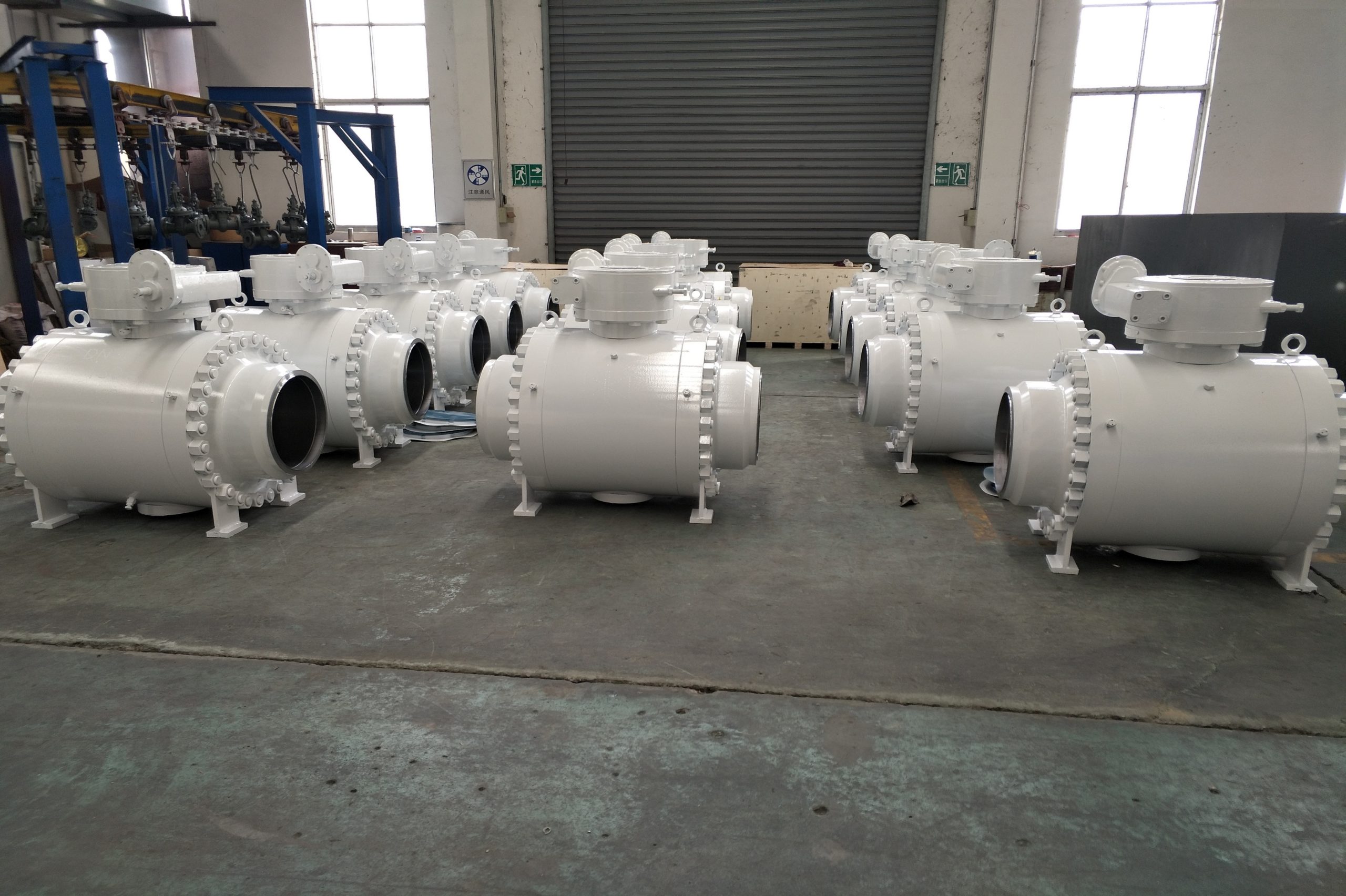Automating process valves is a pivotal part of process control for two reasons. One, the niche depends on reducing costs and driving efficiencies. The manual operation doesn’t lend itself to either. Two, in many facilities, the valves are installed in different locations. They are either not close to each other or simply beyond human reach.
So, how do you automate butterfly valves installed in any industry in Indonesia? That’s the question we answer in this blog.
The first step when building an automated butterfly assembly is the torque rating. When the size is proper, it guarantees that the strength of the actuator is sufficient to open or close the process valve.
The first step to determining precise torque rating is the unseating torque. Also called breakaway torque, it is the rotational force necessary to open a fully closed valve.
Also Read : Exploring the basics of butterfly and gate valves
The breakaway torque is higher than running torque, which is the force required to turn the valve when it is at any other position. The reason breakaway torque is more because, in the closed position, the isolating elements have the maximum contact with the seal.
Often breakaway torque is offered relative to the valve’s nominal pressure. But reduced media pressure impacts torque too. So, in butterfly valves, it is necessary to show the breakaway torque in connection to it. This helps size the actuator for the required application.

The second step to automating process valves is safety factor application. Good butterfly valve suppliers will give the safety factor for a torque rating. In some cases, there will be a safety factor chart that you can reference for torque ratings.
Then there are instances when neither is available. For those situations, use the following guidelines.
| Media | Operation | Operation frequency |
| Wet or lubricating applications: 20% | On/Off applications: no additional factor | Daily: no additional factor |
| Dry gas or steam applications: 30% | Proportional applications: 20% | Weekly: 30% |
| Viscous or abrasive applications: 50% | - | Monthly: 50% |
The last step to automating a process valve is to compare the size of the actuator shaft with that of the valve’s square stem. There are two possibilities here.
One, the dimensions are a perfect match, and the components fit like a glove. There is no requirement for additional components to connect the valve and the actuator. Only four bolts will be necessary.
Two, the shaft of the actuator is bigger than the square stem of the butterfly valve. This design is intentionally so to bring more flexibility, quite similar to varying flange patterns.
A simple solution here is to place a reducing sleeve over the stem of the butterfly valve. It increases the dimensions, helping them match those of the actuator shaft.
There is a very slight possibility that the actuator’s shaft is smaller in size when compared to the valve stem. It rarely happens, but it is possible. In such cases, move up the size of the actuator until the two pieces (valve and actuator) can be connected directly. But if the flange patterns stop matching when you upsize the actuator, then a better solution is to use a mounting kit.
Conclusion:
Process valves like butterfly valves are applied across various industries in Indonesia, from the gas sector to cooling water utility lines. Since the requirements change from application to application, each case must be reviewed individually. It ensures the use of the right product.
Oilway Valves is one of the most reliable industrial valve manufacturers in Indonesia. We have the expertise and the knowledge to offer the perfect valve solution for any application. We also assist with butterfly valve automation. Get in touch for more information.